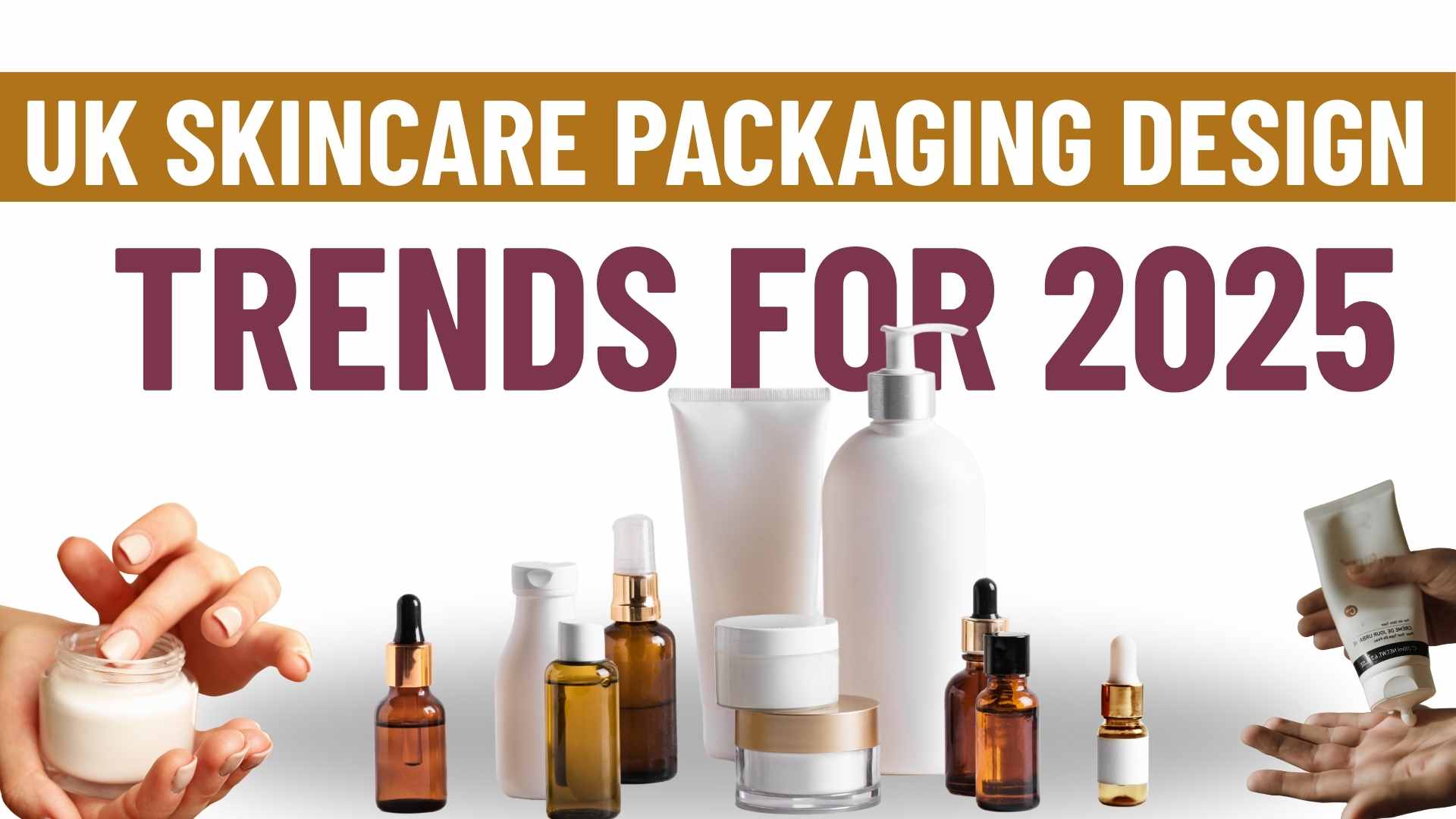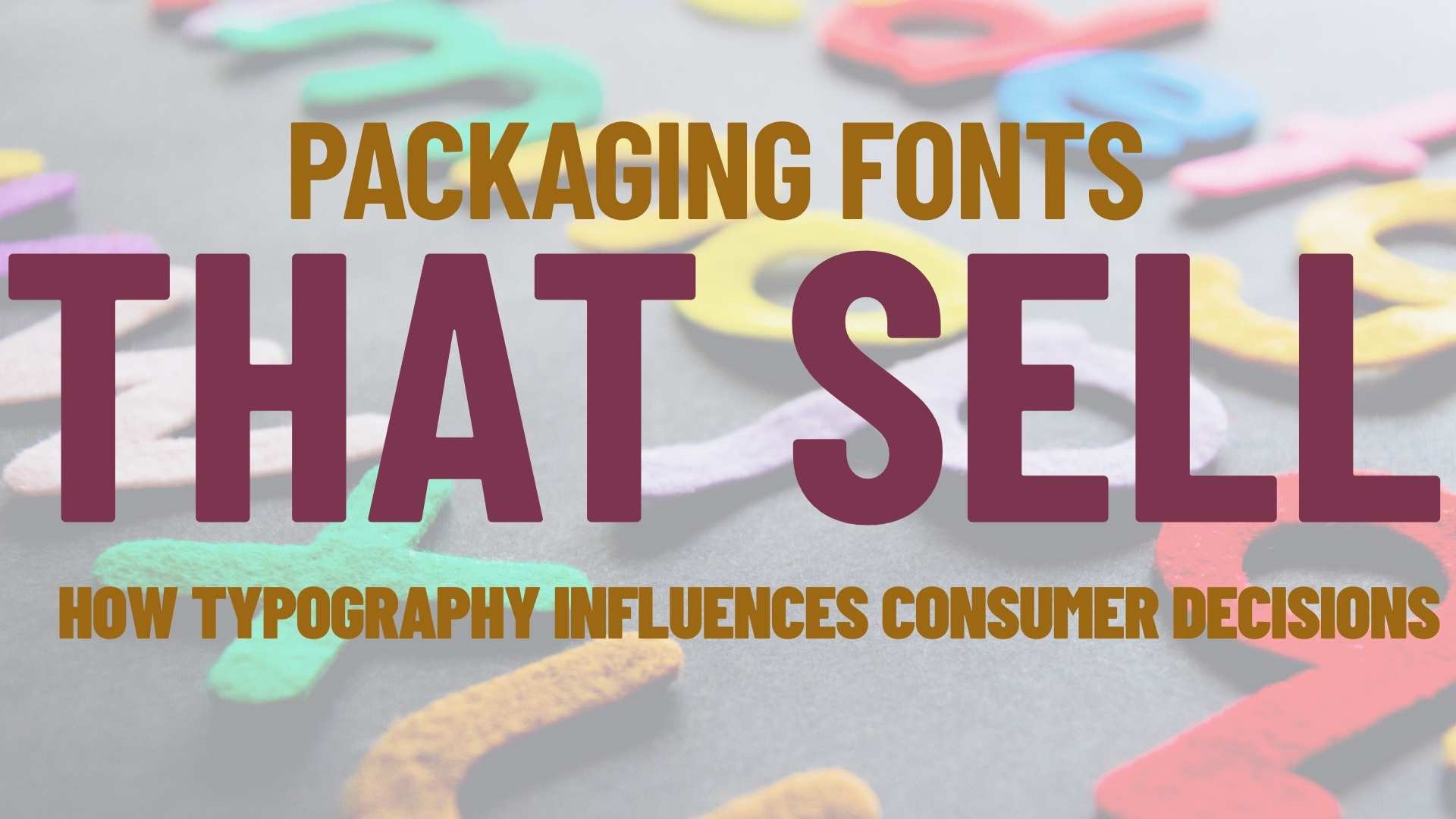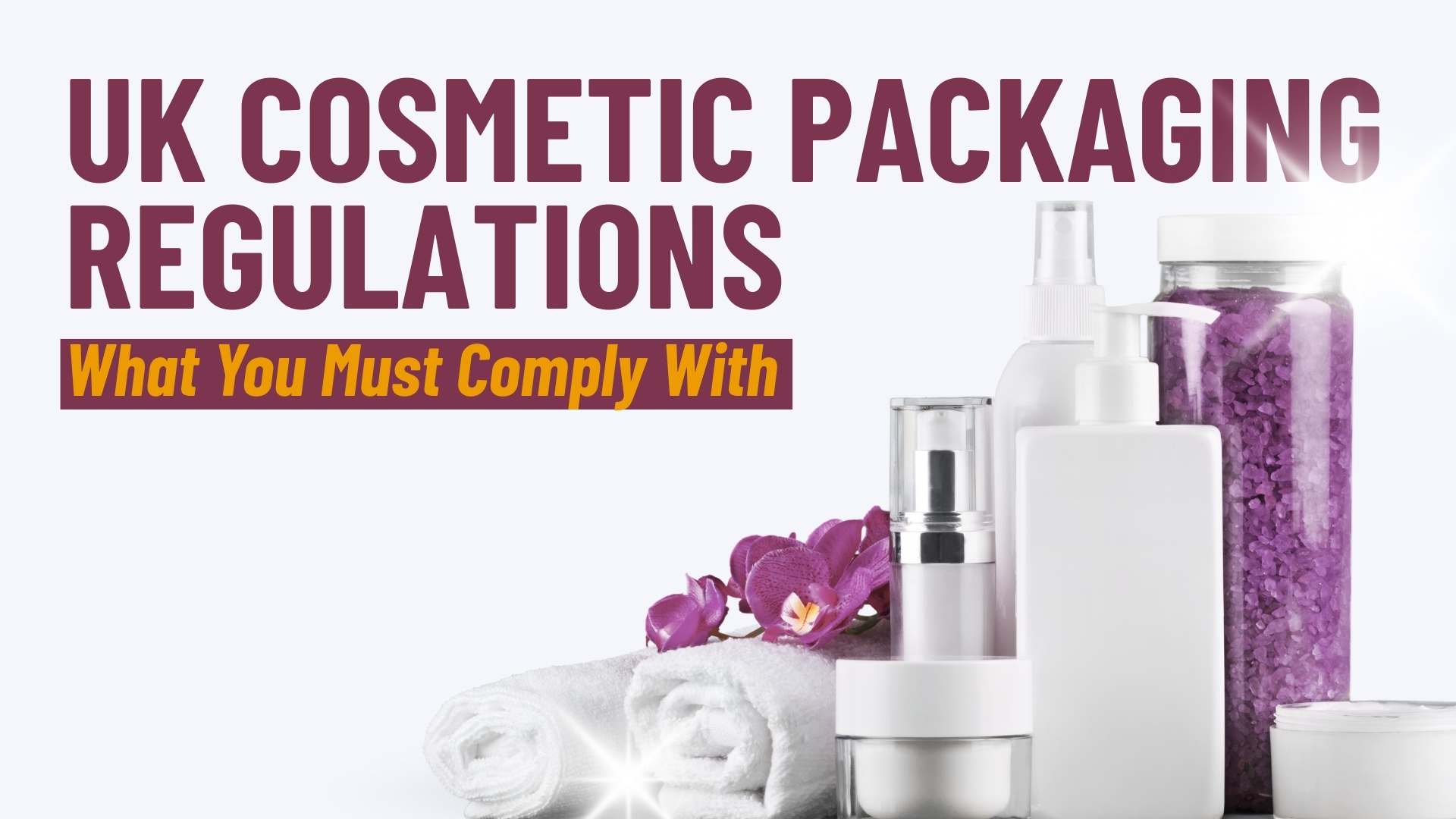The UK skincare industry is entering a new era in 2025, where packaging design is as influential as the formulas inside the bottle. Skincare isn’t just about results anymore—it’s about the entire customer experience, starting the moment someone picks up a product. Packaging has become a powerful tool for shaping brand identity, building trust, and differentiating a brand in a crowded market.
Consumers now expect more than attractive visuals; they want packaging that protects delicate formulations, aligns with sustainability values, and creates shareable unboxing moments for social media. At the same time, brands in the UK must navigate strict cosmetic packaging and labelling regulations, striking a balance between compliance and creativity.
With generational preferences shaping design choices and technology driving innovation, the way skincare products are presented in 2025 is set to redefine how customers connect with brands.
Why Packaging Matters in Skincare
Packaging is much more than just a container — in skincare, it’s often the first touchpoint between a brand and its customer. The way a product looks and feels in someone’s hand can influence whether they trust it, buy it, and even recommend it to friends.
1. First Impressions = Loyalty
According to Straits Research, up to 80% of brand recognition comes from colour alone. That means the design of your packaging can instantly spark trust and recognition — or cause your product to be overlooked on the shelf.
2. Functionality Protects the Product
Great skincare packaging isn’t just pretty, it’s practical. It has to:
- Keep formulas safe from light and air (UV-proof glass, airless pumps).
- Deliver the right amount of product (precision droppers, pumps).
- Make daily use easy and hygienic for the customer.
This is especially important for serums, SPFs, and active treatments that can degrade quickly if not protected properly.
3. Consumer Experience & Social Sharing
Unboxing is now part of the marketing strategy. Platforms like TikTok and Instagram have made the packaging reveal just as important as what’s inside.
- Beautiful textures, clever openings, and satisfying clicks can make products “unbox-worthy.”
- The more shareable the experience, the more likely customers are to spread the word organically.
4. The UK Regulatory Context
One point often overlooked: in the UK, packaging has to comply with Cosmetic Packaging & Labelling Regulations (CPR).
- That means including ingredient lists, shelf life icons, and recycling information in a clear, legible way.
- It’s not just about creativity — packaging must also meet legal and safety standards.
This makes UK brands balance compliance + creativity more carefully than in some other markets.
Defining Your Audience & Brand Identity
Not all packaging works for every consumer. To succeed, UK skincare brands must design with their audience in mind:
Gen Z (10–27 years old)
- Love playful colours, doodles, mascots, and retro Y2K influences.
- They’re drawn to packaging that feels fun, digital-friendly, and unique.
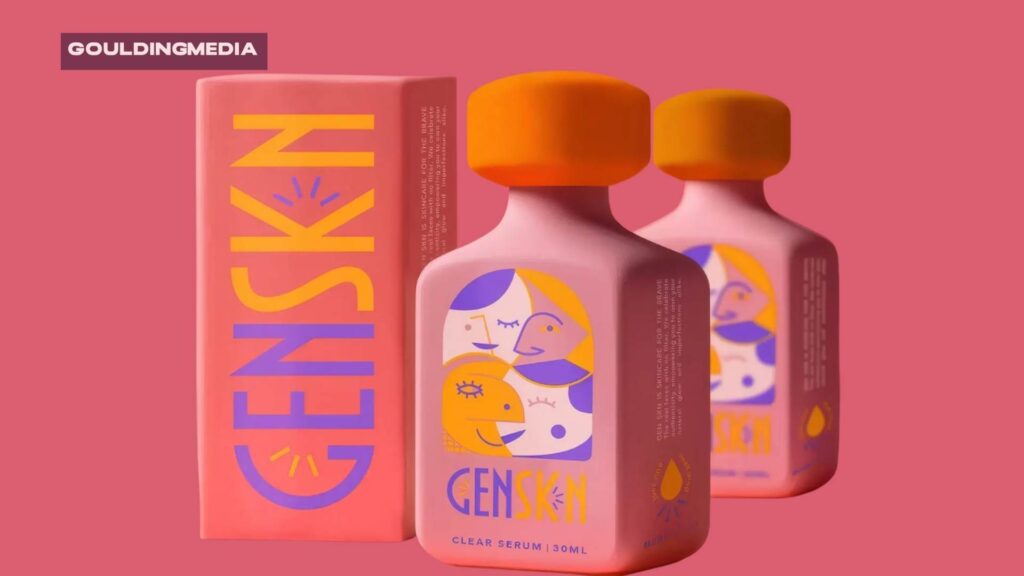
Millennials (28–43 years old)
- Value wellness, sustainability, and calming aesthetics.
- Minimalist skincare packaging with pastel gradients and eco-friendly materials resonates strongly.
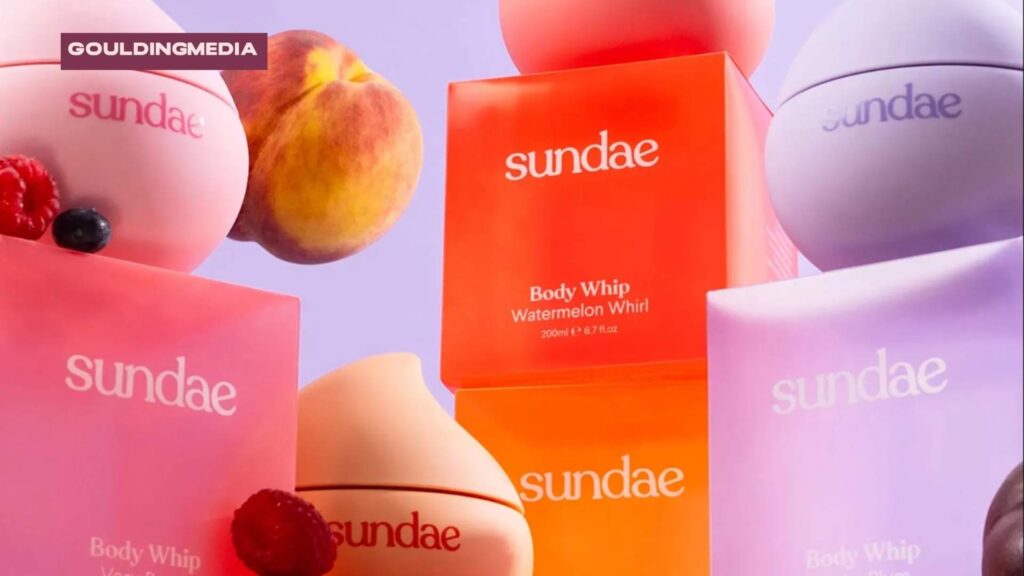
Gen X & Boomers (44–70+ years old)
- Prefer premium, neutral tones and sophisticated designs.
- Packaging that feels reliable, luxurious, and sustainable appeals to this group.
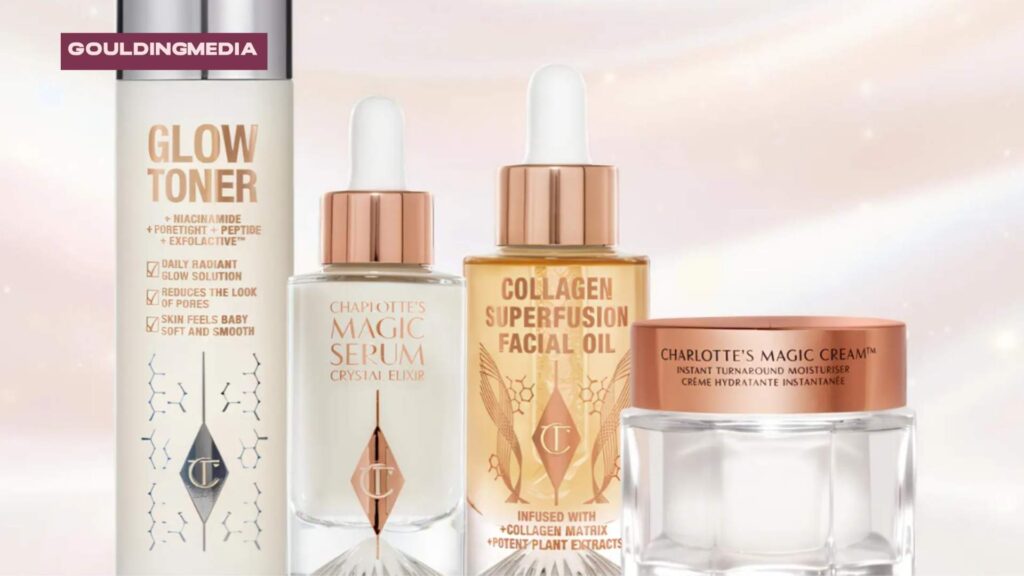
Inclusivity (all ages)
- Accessible packaging is becoming a must-have in the UK.
- Features like braille labels, ergonomic caps, and easy-open refill systems make products usable for more people.
- This is a major trend competitors often miss, but it’s increasingly expected by consumers.
8 UK Skincare Packaging Trends for 2025
1. Sustainability with Style
Think of how eco-friendly packaging used to look: plain brown cardboard, green labels, very “natural” but not very exciting.
In 2025, it’s changing — now eco can be bright, colourful, and fun. This is called “Twisted Sustainability”.
Example: Charlotte Tilbury lets you return empty jars and get a refill. Elemis uses jars made from recycled materials that still look luxurious.
Materials you’ll see:
- Compostables (PaperFoam) – breaks down like food waste.
- Aluminium – strong, endlessly recyclable.
- PCR plastics – plastic made from recycled bottles and packaging.
So, sustainable skincare packaging doesn’t mean boring — it can look stylish too.
2. Sunset Gradients & Calming Palettes
Imagine the soft colours of a sunset — pink, orange, purple slowly blending together. Brands are using these sunset-like gradients on packaging.
Why? Because these colours evoke a sense of calm, relaxation, and peace — exactly the vibe you want from skincare.
Colour examples:
- Pantone’s Mocha Mousse – a warm, earthy brown.
- WGSN’s Transformative Teal – a soothing mix of blue and green.
These tones instantly create a “spa feeling” when you pick up the product.
3. Unexpected Shapes & Clever Cutouts
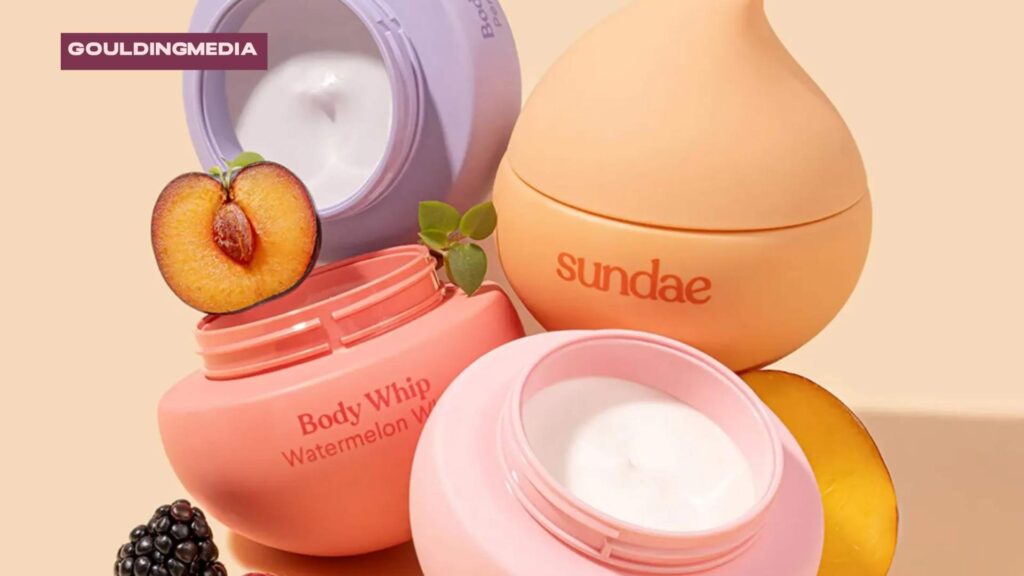
Not all packaging has to be a boring square box or plain jar. In 2025, brands are getting creative with shapes and cutouts.
Cutouts are little windows or designs cut into the box, allowing you to see part of the product inside.
Example: A honey jar with drip-shaped cutouts, or a pillow product with a moon-shaped cutout.
- UK Example: Lush often sells soaps in playful shapes — like stars, flowers, or even lips — making the packaging itself memorable.
The idea is to surprise customers and make the packaging itself part of the fun.
4. Minimalism with Character
Minimalist packaging means keeping packaging clean, simple, and uncluttered. Think plain backgrounds, neat text, and no overwhelming graphics. It’s been popular for years because it feels fresh and modern.
But here’s the catch: if it’s too plain, packaging can look boring or “soulless.”
That’s why in 2025, brands are adding little touches of personality — like:
- A pop of bright colour on an otherwise plain bottle.
- A unique font that feels playful or elegant.
- A textured surface (like matte or embossed letters) to make it more interesting when you touch it.
So the rule is: keep it clean, but don’t lose your brand’s character.
5. Playful Mascots & Doodles
This trend is all about making skincare fun and friendly.
Brands are adding little hand-drawn characters or doodles to their packaging — such as smiley faces, quirky animals, or sketchy mascots that appear to have been drawn with a marker pen.
Why? Because doodles feel human and approachable. They make the product seem less serious and more enjoyable to use, which is perfect for younger shoppers or those new to skincare.
- UK Example: Superdrug or Boots’ private-label skincare could use this style to appeal to teens or students.
It says: “Hey, skincare doesn’t have to be intimidating — it can be lighthearted.”
6. Cultural & Heritage Storytelling
In 2025, skincare packaging in the UK is expected to be used to tell increasingly cultural and heritage-driven stories. Brands are highlighting authentic ingredients and traditional practices, often connecting the product to its origins.
For example, The Body Shop emphasises fair-trade ingredients on its packaging, using design to communicate ethical sourcing and community impact.
This approach resonates with UK consumers who value authenticity, heritage, and transparency in the products they buy.
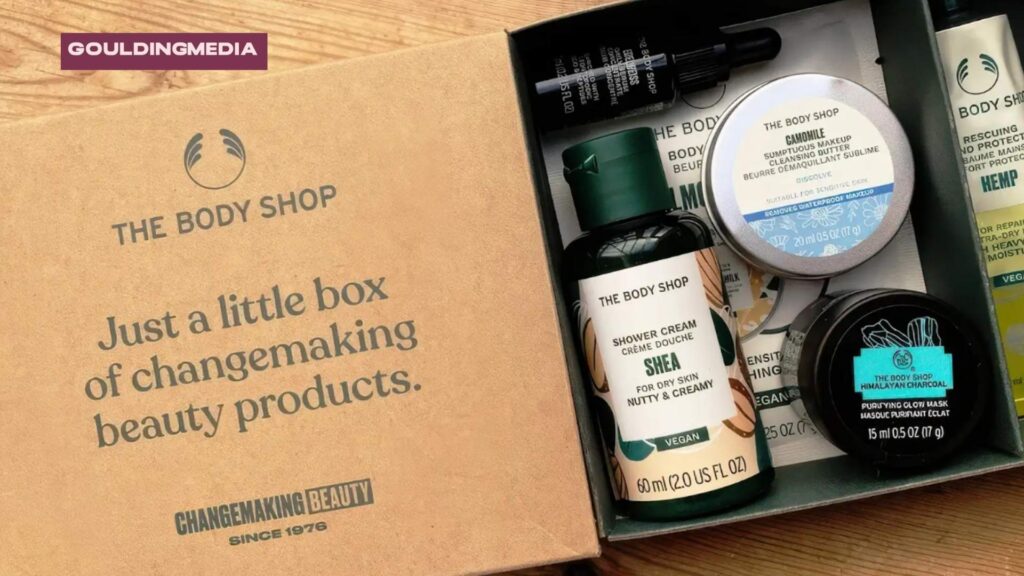
7. Luxury Meets Science
Another growing trend is the blending of clinical precision with luxury aesthetics. Packaging borrows cues from pharmaceutical design, using droppers, airless pumps, and precise dispensers that signal scientific credibility.
At the same time, the look is elevated through subtle luxury elements, such as frosted glass jars, matte finishes, and gold or metallic accents. For the UK market, this combination appeals to consumers who want products that feel indulgent while also reflecting proven efficacy.
8. Smart & Interactive Packaging
Packaging isn’t just about looks anymore — in 2025, it’s becoming “smart” and digital too.
Brands are adding tech features like:
- QR codes you can scan with your phone to watch tutorials, ingredient stories, or skincare routines.
- NFC chips (the same tech used in contactless cards) that connect you to exclusive online content when you tap your phone.
- AR (augmented reality) features where the packaging comes alive — for example, showing animations or virtual try-ons when you point your camera at it.
UK twist: Many skincare brands in the UK are also utilising this technology for sustainability. You scan the code and see how the packaging can be recycled, or even view the brand’s digital sustainability report.
This turns packaging into more than just a container — it becomes a bridge between the product in your hand and the digital world, providing you with extra value and fostering trust.
Colour Psychology in Skincare Packaging
Pantone 2025 Colour of the Year: Mocha Mousse
Pantone has named Mocha Mousse as the 2025 Colour of the Year, a soft and grounding neutral that conveys warmth, reliability, and balance.
For skincare packaging, this shade communicates trust, naturalness, and quiet sophistication—making it ideal for brands that want to project stability and sustainability. Expect to see this colour on jars, caps, and labels for brands emphasising wellness, minimalism, and eco-consciousness.
WGSN/Coloro 2025 Forecast Palette
Trend forecasters WGSN and Coloro highlight a palette of five influential shades shaping design aesthetics in 2025:
- Teal – associated with renewal, calm, and trust; often used for hydration products.
- Wax Paper – an off-white/neutral tone signalling sustainability and minimalism.
- Fresh Purple – youthful, creative, and linked to innovation—popular with Gen Z and niche brands.
- Cocoa – rich and grounding, used in luxury, organic, or heritage-inspired lines.
- Green Glow – bold and futuristic, linked to eco-tech and active formulations.
Age-Specific Colour Preferences in Skincare Packaging
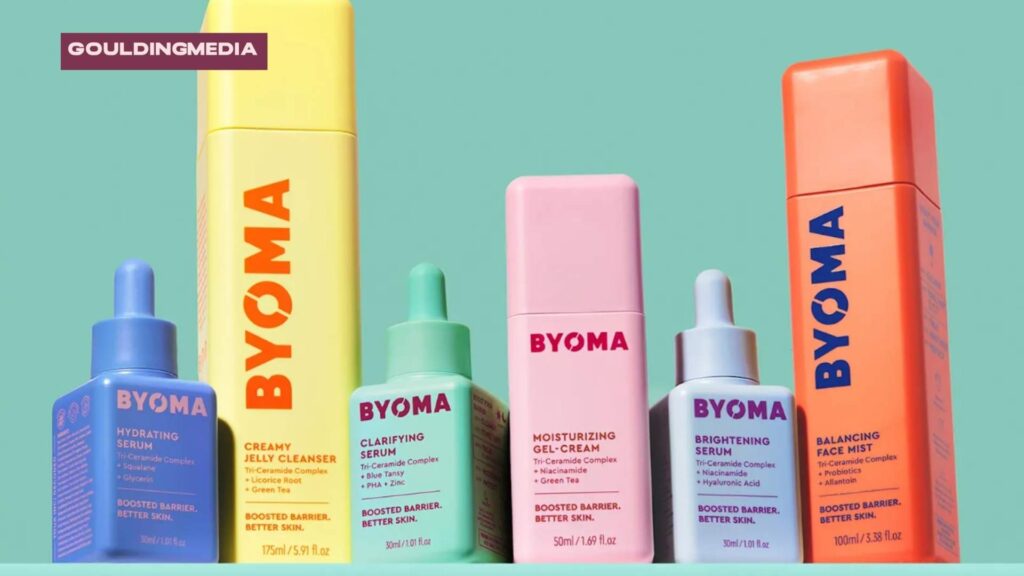
Consumer research shows colour preferences vary by generation, which matters for targeting skincare packaging in the UK market:
- Gen Z (ages 18–27): gravitates toward pastels, fresh purples, and bold, experimental shades. Packaging with playful or unexpected colour pops (like Green Glow) aligns with their appetite for individuality.
- Millennials (ages 28–43) prefer soft neutrals, teal, and muted earth tones that reflect a balance of wellness and eco-consciousness.
- Boomers (ages 59+): respond best to neutral palettes—Mocha Mousse, wax-paper white, beige, and soft metallics that signal trust, tradition, and simplicity.
Why Colour Psychology Matters for UK Skincare Brands
- Packaging colours significantly impact first impressions and purchase intent—studies suggest that up to 85% of consumers cite colour as the primary reason they choose one product over another.
- Colour is tied to product storytelling: neutrals represent sustainability, green signifies eco-activity, purple signifies innovation, and gold accents signify luxury.
- With UK consumers increasingly eco- and science-focused, the correct palette positions a brand as both modern and trustworthy.
Materials & Formats
Glass – Premium and Timeless
Glass remains the gold standard for luxury skincare packaging. It communicates durability, premium quality, and eco-friendliness, while also being easy to recycle.
PCR Plastic – Versatile and Recyclable
Post-consumer recycled (PCR) plastic is gaining traction in the UK skincare market. It allows brands to balance cost efficiency with sustainability while still offering flexibility in shapes and colours.
Aluminium – Light and Eco-Friendly
Aluminium is lightweight, durable, and endlessly recyclable. Its modern look appeals to both eco-conscious and design-focused consumers.
Compostable Materials – PaperFoam and Plant-Based Options
Innovative cosmetic packaging materials like PaperFoam and plant-based packaging are entering mainstream skincare. These biodegradable options cater to consumers demanding zero-waste alternatives.
Airless Pumps & Refill Systems – Protection and Waste Reduction
Airless pumps extend product shelf life by protecting formulas against oxidation. Refillable systems help cut plastic waste and align with circular economy goals.
Consumer Experience: Beyond the Shelf
Unboxing as Marketing
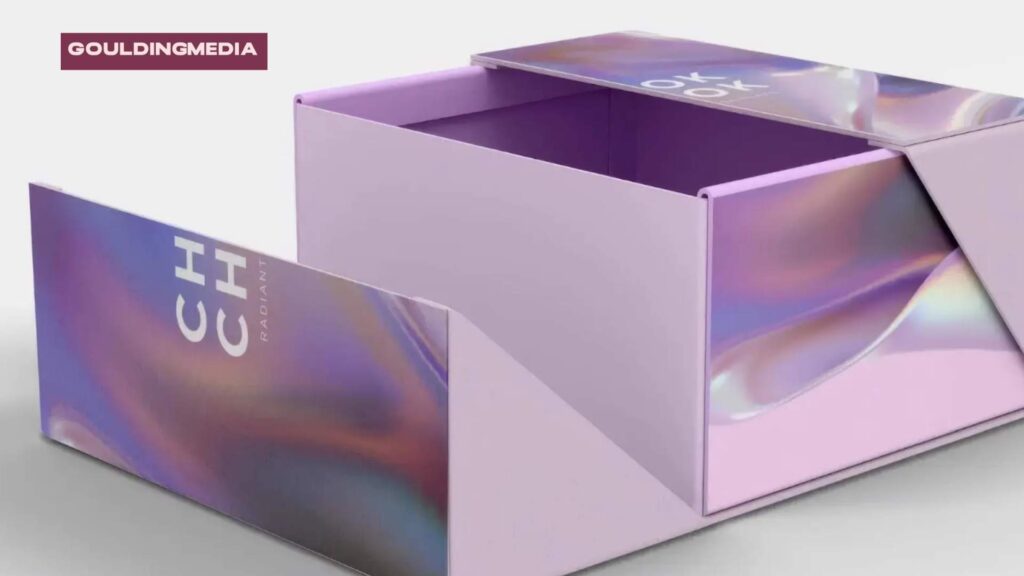
Social media platforms like TikTok and Instagram have made unboxing part of the customer journey. Creative packaging designs encourage user-generated content and boost brand visibility.
Accessibility in Packaging
Easy-open designs, ergonomic formats, and refill-friendly packaging are becoming critical. Many UK competitors under-deliver here, leaving room for differentiation.
Multi-Sensory Packaging Design
Textures, embossing, and soft-touch matte finishes elevate the tactile experience of skincare products. This emotional connection encourages repeat purchases and brand loyalty.
How UK Skincare Brands Can Win in 2025
Trends come and go, but the most successful skincare brands aren’t just chasing what’s “in style” — they’re making sure every design decision feels true to their brand’s identity. In other words: be on-brand, not just on-trend.
Here’s what that looks like in practice:
Be On-Brand, Not Just On-Trend
Chasing every new trend can dilute your brand. Sticking to a clear identity builds long-term recognition and loyalty. Brands that maintain consistency while updating designs to feel modern tend to perform better than those who constantly shift with fads.
Balance Sustainability with Luxury
Consumers care about the environment but still expect premium experiences. Using eco-friendly beauty packaging materials like recycled plastics, compostable wraps, or biodegradable inserts can align with sustainable values without compromising a high-end feel.
Use Colours Strategically Across SKUs
A unified colour system helps customers recognise your products instantly and simplifies decision-making. Colours can also trigger emotional responses and influence purchasing habits.
Tips:
- Assign colour families to different product ranges for easy navigation.
- Analyse sales and consumer data to see which colours drive engagement and loyalty.
- Example: 3INA Makeup uses consistent colour cues across product lines to strengthen recognition.
Integrate Digital Experiences
Digital touches on physical products boost engagement and trust. QR codes, AR, and interactive packaging elements allow consumers to verify sourcing, learn how to use products, and access tutorials.
Examples:
- QR codes linking to ingredient traceability and eco-credentials.
- AR apps show step-by-step skincare routines when scanned on packaging.
Stress Cohesion Across Physical + Digital Branding
Consistency across every touchpoint—from packaging to social media—is key. Consumers remember brands that feel seamless, whether online or offline.
Tips:
- Match packaging style with website and Instagram aesthetics.
- Use the same typography, iconography, and messaging across channels.
- Build a brand experience that is memorable and easily recognisable.
Want more ideas on creating packaging that captivates shoppers? Check out our article 10 Stunning Features That Make Cosmetic Packaging Irresistible to Shoppers for inspiration and actionable tips.
Wrapping Up
Skincare packaging in the UK is evolving fast, blending sustainability, innovation, and design that resonates with each generation of consumers. Brands that adapt to these trends while staying true to their identity will stand out on the shelf and online.
If you’re ready to take your brand to the next level, our team at Goulding Media can help. As an experienced packaging designer in the UK, we create packaging that protects your products, builds trust, and connects with your audience. Let’s design packaging that makes your skincare brand unforgettable—get in touch with us today.

